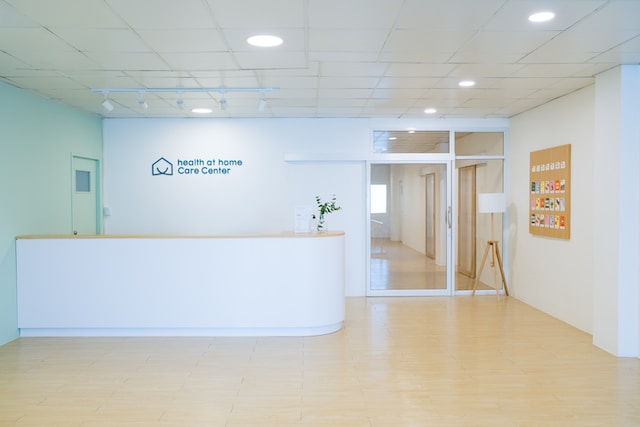Explore different models of care to understand which one best fits your needs.
Managers from Norwegian nursing homes and home care services were interviewed as a part of the SAFE-LEAD project to map challenges in quality and safety work. A trained facilitator conducted the interviews. Results were analyzed using simple and generalized estimating equations (GEE) models.
The Household/Neighborhood Model
A household model shifts the long-term care nursing home from an institutional setting to a real neighborhood with homes with 14-20 residents who live in private rooms but share kitchens, dining rooms, living rooms and extra small cozy spaces you might find in any home. Conceptualization of the Household/Neighborhood Model began at Evergreen Retirement Community in Oshkosh, Wisconsin, in 1987. The vision included a management philosophy built on Continuous Quality Improvement, transformation of the organizational structure, cross-functional staff roles, social-model activity programming and a residential-style physical setting that won strong support from the State of Wisconsin.
Research supports the premise that it takes a village to raise a child; it also shows that it takes a neighborhood to raise a senior. If neighbors recognize an issue and get others concerned, they can start a grassroots movement to make the change.
The SNF At Home Model
Many of the skilled care nursing facility Missouri are looking to bring hospital-level home care programs to their communities. Home health agencies that want to participate in these SNF-at-home models need to prepare, according to experts at the Home Health News conference.
SNF-at-home programs offer patients a way to receive their Medicare-covered home health care for up to 100 days per “spell of illness.” Home health services include skilled nursing, physical and occupational therapy, speech therapy, and medical social work.
During a pilot program, researchers at Brigham and Women’s found that patients receiving rehabilitation-at-home care performed four and a half more activities of daily living (ADLs) than those who received care in an SNF.
To successfully execute this model, home health agencies must partner with senior living communities with in-home care capabilities for the personal care side of the equation. They must also ensure they have contractual services and a dedicated nurse who can respond after hours and access an infusion pharmacy to provide medications.
The SNF At Home “Light” Model
In this model, a hospital partners with home health agencies to enable patients to receive short-stay SNF services at home. This allows hospitals to lower costs and readmission rates and also provides them with an additional revenue stream.
The study will enroll patients and caregivers sequentially in each SNF as they prepare for discharge to determine whether the Connect-Home transitional care intervention improves patient and caregiver outcomes compared with a control period. Professional data collectors from a research survey lab will collect patient and caregiver outcome measures by phone for 30 and 60 days after SNF discharge from the treatment and control groups. The RC will be blind to treatment group allocation and other covariates.
SNF staff will use the Connect-Home toolkit to implement a two-step transitional care intervention designed to meet six key care needs of SNF patients and their caregivers: home safety and level of assistance evaluation; advance care planning; medication reconciliation; and functional training/skills building for transfers and mobility.
The Hospital at Home Model
Proponents of Hospital at Home argue that this new care model can reduce the need for hospital beds and the risk of nosocomial infection by moving patients to their homes sooner. This is especially true during a pandemic when hospitals struggle to find space for inpatients.
Moreover, they claim that advances in telemedicine will allow doctors and nurses to supervise patient care from a distance—although previous studies have shown that mistakes can occur in remote medical management, such as mistaking medication doses or ignoring vital signs like hypotension.
Critics argue that hospital administrators and home health agencies promote H@H to gain financial benefits and that remote monitoring technology could be a better substitute for in-person care. They also need more hospital-based medical expertise and the de-professionalization of healthcare. Finally, they fear this new care model will shift costs from hospitals to insurers and private payors. It will likely remain a niche service until Medicare Advantage and other managed care plans offer reimbursement for this model.

